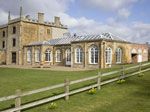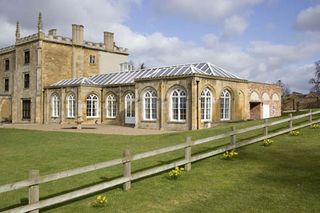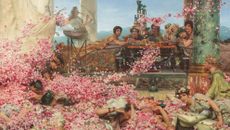Cotswolds battleground house
A house that overlooks the setting for the Battle of Evesham in 1265 has been launched on the market


A Grade II listed house dating from the 1820s built in the Gothic revival style, occupying an elevated position overlooking historic parkland where the Battle of Evesham was fought, has been launched on the market.
The Bell House is one of three properties converted from Abbey Manor which is set in its own parkland with extensive views to the Cotswolds, Bredon Hill and the Malvern Hills. The property has Gothic revival details including stonework, carvings and the original bell in its own tower. The three-bedroom Bell House is set in 30 acres of communal gardens and parkland including formal lawns and garden, tennis court, woodland areas, and relics from Evesham Abbey.
The Battle of Evesham was fought in 1265 on the parkland that now belongs to Abbey Manor. Simon de Montfort, the Earl of Leicester, was killed during the battle and the Leicester Tower and the Obelisk were built in the woodlands by the Rudge family to commemorate his death. The Rudge family built Abbey Manor in the 1820s and many relics from Evesham Abbey, which was demolished by Henry VIII during the Reformation, can now be seen in the present house and woodlands.

The Bell House
£695,000 freehold through Hayman-Joyce, 01386 858510
Sign up for the Country Life Newsletter
Exquisite houses, the beauty of Nature, and how to get the most from your life, straight to your inbox.
-
 How many puppies in the average litter? Country Life Quiz of the Day
How many puppies in the average litter? Country Life Quiz of the DayPlus a 1960s house, Hollywood's most famous cavewoman and more in Friday's quiz.
By Toby Keel Published
-
 Love, sex and death: Our near-universal obsession with the rose
Love, sex and death: Our near-universal obsession with the roseNo flower is more entwined with myth, religion, politics and the human form than the humble rose — and now there's a new coffee table book celebrating them in all of their glory.
By Amy de la Haye Last updated
